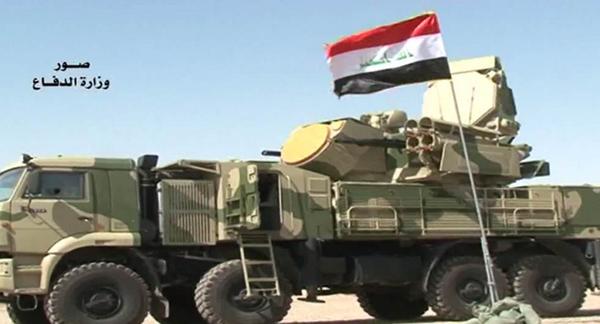As reported by The Defense Post on March 20, 2024, Iraq is currently evaluating its options for acquiring new anti-aircraft weapons to enhance its air defense capabilities, as outlined by spokesperson Major General Yehia Rasool. The country has initiated discussions with various nations, although the details regarding potential vendors and the allocated budget remain undisclosed.

This initiative is in response to increasing regional threats, and the procurement aligns with Iraq’s recent acquisition of French radars. Major General Rasool mentioned that these new anti-aircraft systems would be integrated with the country’s existing radar systems, which span low, medium, and high ranges, to form a more cohesive air defense network.
As of 2023, the Iraqi Air Defense Command maintained an operational force of 5,000 personnel. Its structure is composed of distinct units, each specializing in various air defense roles. There is one Surface-to-Air Missile (SAM) battalion that operates Russian Pantsir-S1 systems, another battalion equipped with American AN/TWQ-1 Avenger systems, and a third battalion that uses upgraded Soviet Igla-S systems. Additionally, the command includes an Anti-Aircraft Artillery (ADA) battalion utilizing ZU-23-2 and S-60 anti-aircraft guns, aimed at addressing different aerial threat levels with a combination of missile and artillery systems.
In terms of equipment, the Iraqi Air Defense Command deploys multiple systems designed for specific defensive tasks against aerial targets. The AN/TWQ-1 Avenger and 9K338 Igla-S systems serve as point-defense solutions, whereas the 96K6 Pantsir-S1 units are employed for both short to medium-range air defense, combining missile and gun capabilities. For direct anti-aircraft artillery, the command utilizes Soviet-era 23mm ZU-23-2 and 57mm S-60 towed guns.
